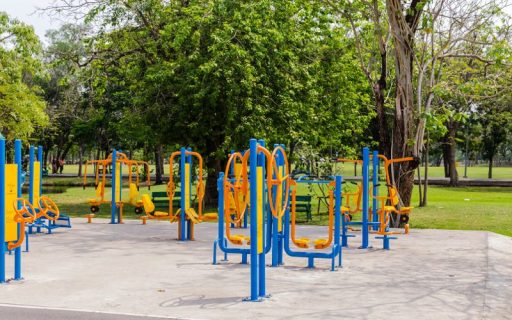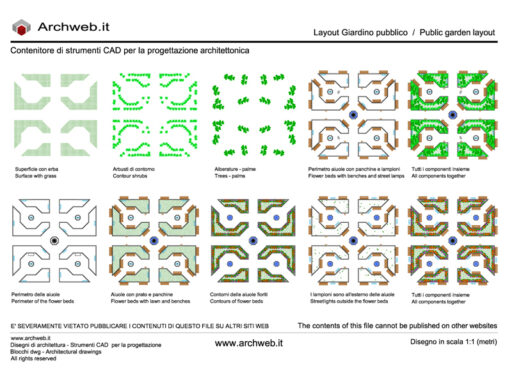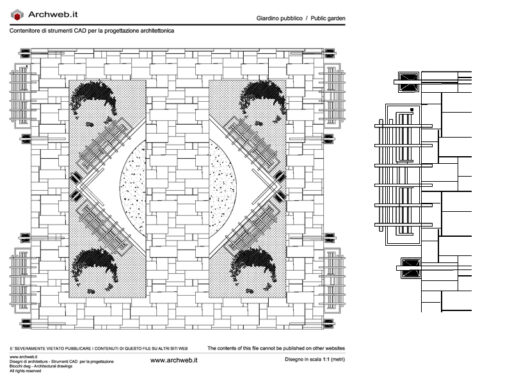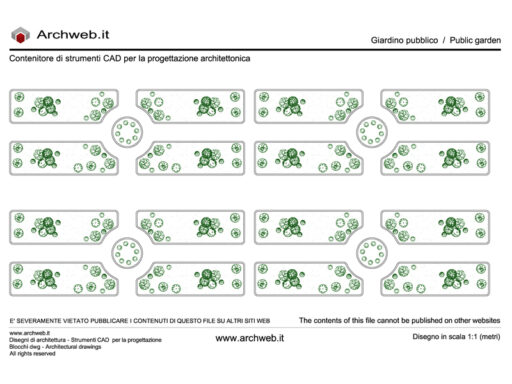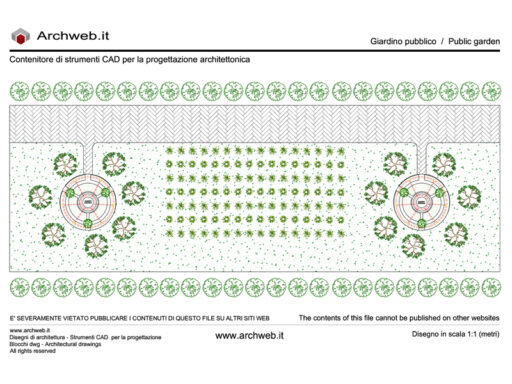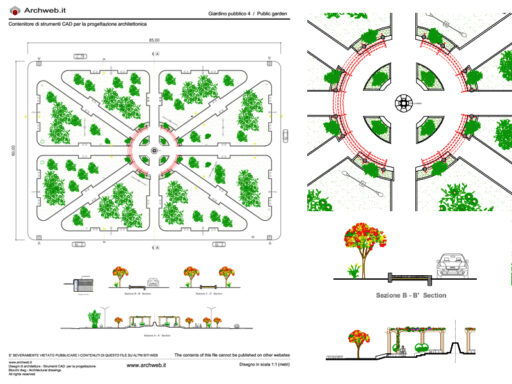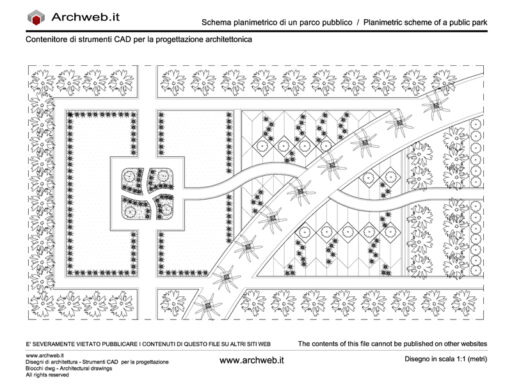Refreshment point in parks and gardens
Role - Functions - Characteristics
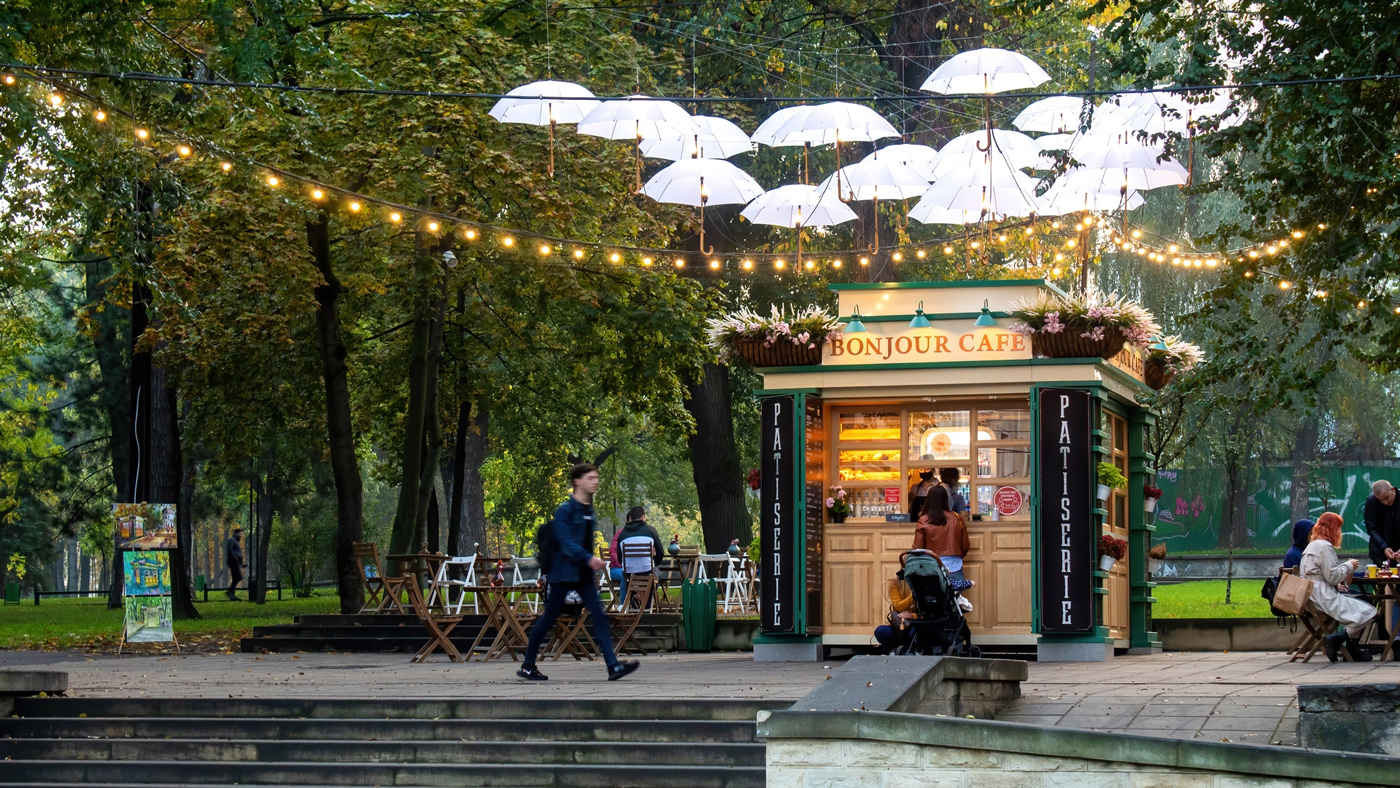
Urban public parks and gardens are special places where people gather to relax, exercise and enjoy nature. In these green spaces, it has become increasingly common to find refreshment points offering food and drinks for visitors. In the following, we will explore the role, functions, types and characteristics of refreshment outlets in parks, and discuss the benefits and challenges of offering food and beverage options in these locations. In addition, we will examine design and planning, as well as how to promote sustainable and healthy food options. Finally, we will take a look at the future of food outlets in urban parks and public gardens.
Refreshment points in urban public parks and gardens
Food outlets play an important role in enhancing the overall visitor experience in urban parks and public gardens. In addition to providing a place to buy food and drinks, these refreshment areas can create a welcoming and inviting atmosphere that entices people to spend more time in the green areas of a city. They can also act as a social meeting point, where people gather to eat together or simply relax and socialise. In addition, they can help create a sense of community, making visitors feel part of the green space.
Functions
Food outlets in urban public parks and gardens perform several functions beyond simply providing food and drink. One of their main tasks is to satisfy the food needs of visitors, offering a variety of options, such as ice cream, sandwiches, salads, juices and coffee. However, food outlets can also act as entertainment venues, organising special events such as concerts or food tastings. In addition, they can play an educational role, promoting healthy and sustainable food practices.
Characteristics and types
Some eateries may be simple kiosks or mobile carts, while others may be real permanent structures used as restaurants or cafeterias. They may offer different types of service: only take-away food, or have spaces to sit and eat on the premises.
Furthermore, refreshment areas in urban public parks and gardens can be managed by private individuals or non-profit organisations, such as local associations or social cooperatives. It is important that the refreshment areas integrate well into their surroundings, respecting the aesthetics of the park and using sustainable and environmentally friendly materials.
Pros and cons of food outlets in city parks
Food outlets in city parks offer numerous benefits for both visitors and local communities.
- They provide a practical and convenient service. Visitors can refresh themselves without having to leave the park. This creates a more welcoming and inviting environment, increasing overall visitor satisfaction.
- They contribute to the local economy. Food outlets create jobs and support local businesses, such as food suppliers.
- They help promote a healthy lifestyle. Food outlets in urban public parks and gardens can offer fresh, nutritious and sustainable food options.
Despite the many advantages, there are also challenges and considerations to be addressed in the creation of catering options in urban public parks and gardens.
- Management of waste generated. It is important to implement separate waste collection systems and promote the use of biodegradable and recyclable materials.
- Impact on the landscape and environment. It is necessary to ensure that refreshment facilities are harmoniously integrated into the park or garden, and are respectful of the flora and fauna present.
Design and planning of food outlets in parks
The design and planning of refreshment areas in urban public parks and gardens are crucial to ensure a positive experience for both visitors and the surrounding environment. It is important to consider accessibility, ensuring that refreshment areas are easily accessible for all visitors, including those with disabilities. In addition, it is crucial to create comfortable and welcoming spaces with shaded areas and adequate seating. The design of refreshment areas should also include the use of sustainable and environmentally friendly materials, such as recycled wood or recyclable materials. Finally, it is important to consider energy efficiency, using low-consumption lighting systems and energy-efficient equipment.
Promoting sustainable and healthy food options in park eateries
Promoting sustainable and healthy food options in park eateries is an important goal to ensure the health and well-being of visitors and the environment. Sustainability can be promoted by offering organic and zero-mile food, reducing the environmental impact of food production and transport. In addition, it is important to encourage the use of fresh and seasonal ingredients, promoting a balanced and nutrient-rich diet. Food outlets can also offer vegetarian and vegan options to cater to the dietary preferences of a variety of visitors. Finally, nutrition education can be promoted by providing information on the nutritional value of food and sustainable agricultural practices.
Conclusions – The future of food outlets in urban parks and gardens
Food outlets in urban public parks and gardens play an important role in enhancing the visitor experience and promoting a healthy and sustainable lifestyle. However, it is crucial to address the challenges and considerations associated with creating dining options in these spaces. With proper planning and design, it is possible to create food outlets that are integrated into their surroundings and environmentally friendly. Promoting sustainable and healthy food options is essential to ensure the health and well-being of visitors and the environment. Looking to the future, food outlets in urban public parks and gardens will play an increasingly important role in creating welcoming and sustainable green spaces for local communities.
The author of the cover photo is frimufilms on Depositphotos.com































































